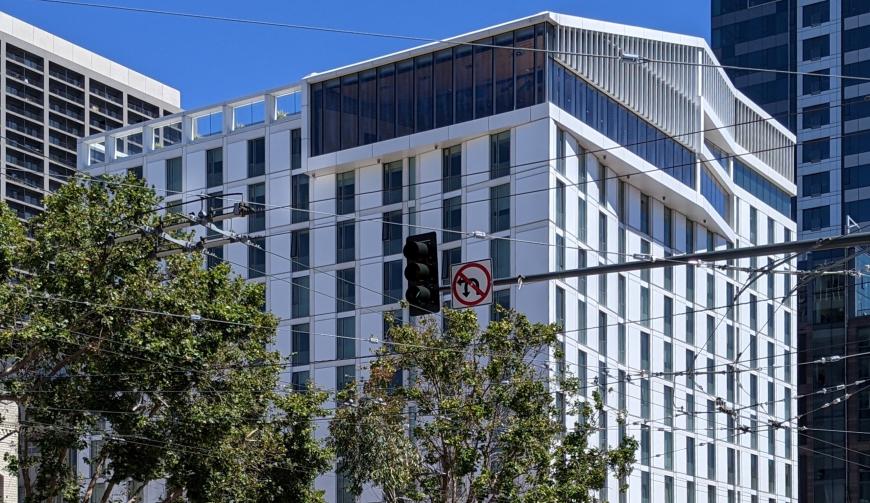
Described as “a very small four-year, private, not-for-profit school,” the San Francisco Conservatory of Music has just obtained its third large artist management company on a mysterious tear of unprecedented business deals.
Part of the mystery is in three business stories without fiscal figures, details about the source of funds for the acquisitions, or any other basic information expected from financial news.
A music school with 480 students now “oversees in alliance” three management companies with multi-million-dollar revenues, acquired in transactions that the San Francisco Chronicle said “prompted furious head-scratching and a flurry of questions.”
Friends of SFCM have asked, without wishing to be identified, about the valuations and dollars involved, who the beneficiaries of the acquisitions are, and whether the patrons involved are donors or investors. “If it is a new financial model, and a nonprofit is involved, shouldn’t it be transparent?”

Here is the official word on the latest transaction, which involves Askonas Holt, one of the largest classical music agencies in the world, with a staff of 75 and a roster of 240 artists, albeit shaken by two years of the pandemic sweeping through the business, crippling the income of artists and their managers:
“The San Francisco Conservatory of Music is acquiring arts management company Askonas Holt and welcoming the firm to its existing alliance with artist management company Opus 3 Artists and classical music label Pentatone.
“Askonas Holt Chief Executive Donagh Collins will serve as chief executive overseeing both management companies. As chief executive, Collins will be a member of the Business and Corporate Alliances Committee of the SFCM Board of Trustees.
“Robert Berretta remains managing director at Opus 3 Artists, alongside Chief Operating Officer Ben Maimin. Sean Hickey continues his role as managing director of Pentatone.
“SFCM President David Stull serves as chairman of the alliance and directs a joint leadership team charged with providing resources for collaboration, creative production, and the sustenance of healthy economic models.”
A comment on the acquisitions in the SF Chronicle reads, “Late-stage capitalism — in particular, the gig economy and the pervasive emphasis on self-directed entrepreneurialism — [has] suffused the worlds of classical and contemporary music.”
The aversion of SFCM to releasing information is such that even a written request for the school’s budget went unanswered, but previous budget figures have been published. Here, then, is what is known about this historical, ever-evolving San Francisco institution:
Born as the Ada Clement Piano School in 1917, the Conservatory exploded from a living room to larger quarters in a cramped building in the Sunset District to an edifice in the Civic Center to now a major complex with the addition of a $200 million performing arts center located between City Hall, the War Memorial, and Davies Symphony Hall.
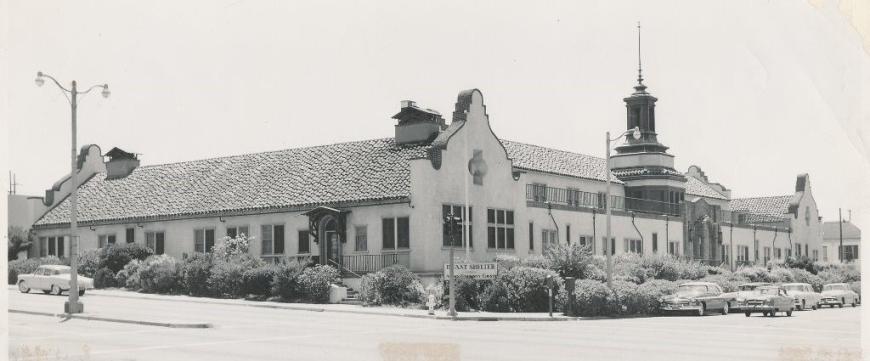
For a small school at the end of the prairie, SFCM has done preternaturally well, producing world-class alumni such as Isaac Stern, Léopold Simoneau, Yehudi Menuhin, John Adams, Gordon Getty (who has remained the school’s biggest supporter), Sérgio Assad, Lise Lindstrom, and Barbara Eden.
Focusing on the schoolֺ’s educational function, here’s what can be gleaned about its current status:
— SFCM’s 2020–2021 operating expenses totaled $41 million; endowment net assets at the end of the year were $55.8 million.
— Student-to-faculty ratio at the Conservatory is among the best, at three to one. The rate of student retention is fair at 79 percent, close to California average.
— Tuition and fees are called “extremely high” by academic research organizations: $51,300 annually, in addition to various fees, but SFCM notes that “nearly all of our students — 99 percent — are awarded scholarship assistance.” The school’s tuition is even with Juilliard’s ($52,250), but the Curtis Institute of Music, which many consider the top school for music in the country, does not charge tuition, relying on donors to fund expenses. Here is more information about the cost of other major music schools.
— Just as for Juilliard students in New York City, living expenses for students in San Francisco are very high; SFCM, which is now providing some subsidized housing, estimates total cost of tuition, fees, and living on campus at $72,700 annually.
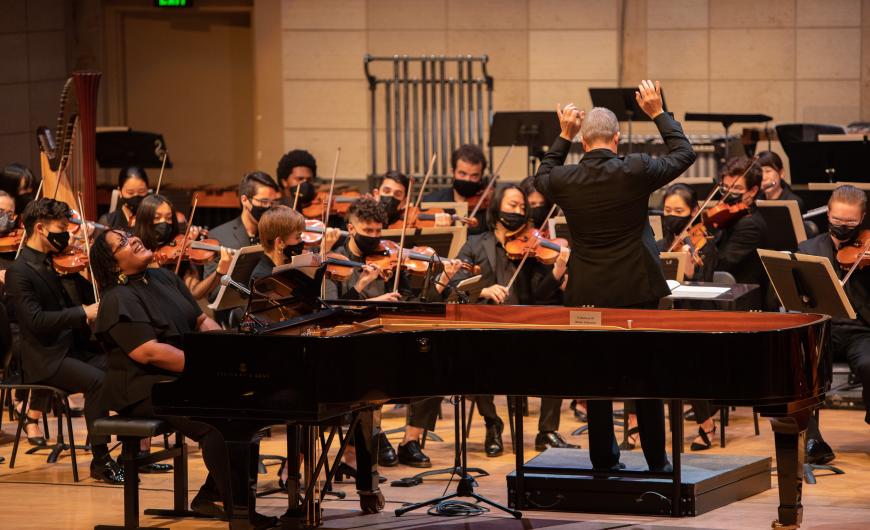
— For the class of 2026, admitted this fall, the estimated tuition for four years is $214,937; the estimated total costs of attendance with living costs and personal expenses is $332,092 for four years.
— The Conservatory says that 100 percent of enrolled undergraduate students receive grants or scholarship aid and that the average aid amount is $13,075. That would cover 25.74 percent of the full tuition amount. After receiving financial aid, the estimated price for a year of tuition, fees, books, supplies, and living costs is $63,600.
— Additional instrument instruction would cost $5,710 annually/$2,855 per semester for one half-hour lesson per week and $11,420 annually/$5,710 per semester for one hour-long lesson per week. For part-time students, one academic credit totals to $4,500 annually/$2,250 per semester, and private instruction, meaning one hour-long lesson per week, comes out to $20,440 annually/$10,220 per semester.
— The graduation rate at the Conservatory is below average, at 58 percent. About 13 percent of the school’s undergraduate students transfer to other colleges.
— Monthly faculty salaries at the Conservatory vary approximately from $14,000 to $15,000. The average full-time faculty salary is approximately $172,000 a year, 21 percent higher than the average faculty compensation in California. Women faculty members are paid $12,473 a month on average, lower than the average men faculty salaries, $14,829 a month.
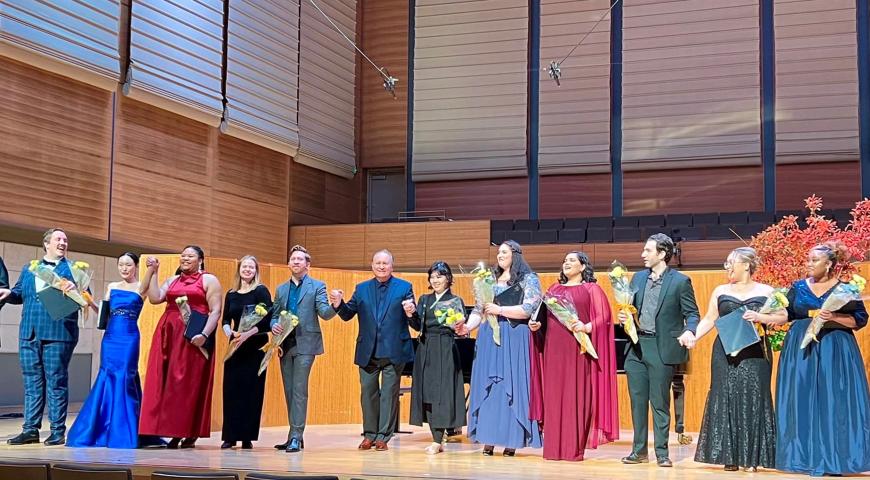
The Conservatory’s acquisitions come at a time when arts agencies are facing major challenges from the pandemic shutdown and the continued shift to streaming and digital presentation.
The new, collaborative approach to artist management, one analysis says, “requires a certain type of an artist manager who would not have fared particularly well with the old, competitive approach. This role is shifting ever further away from straightforward booking and more toward the kind of stewardship that prioritizes organic relationship-building between artists, presenters, and audiences.
“Particularly when emerging artists are paying a retainer fee, they have every right to expect their managers to be available, accountable, and fully engaged. All this is difficult to reconcile with a large overhead; a smaller and nimbler agency with managers working remotely from different locations around the world has a clear advantage.”
And there’s more news from the Conservatory:
The Ann and Gordon Getty Foundation for the Arts, set up to direct the proceeds of the record-breaking sale of the couple’s collection, has pledged a philanthropic gift to SFCM that’s called the institution’s largest and one of the most significant to any music school.
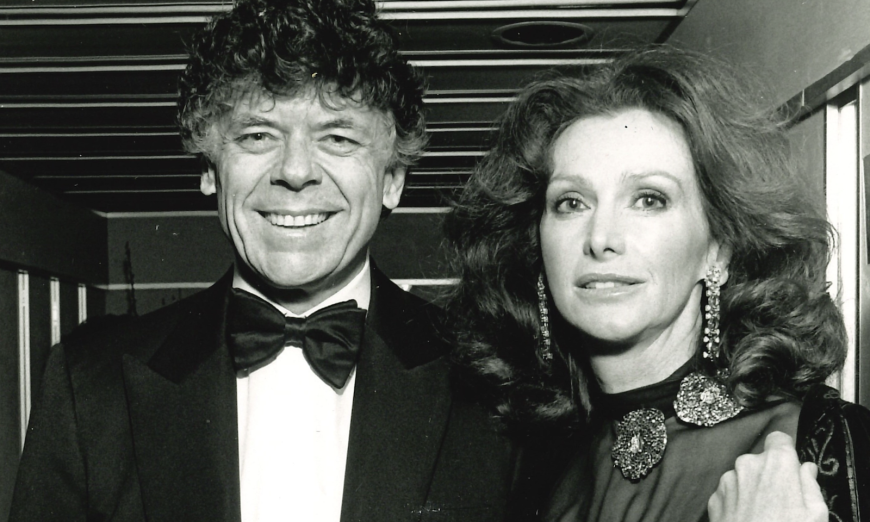
“The donation will advance SFCM’s inventive business model and will include resources to create 120 scholarships over the next four years for undergraduate and graduate students of exceptional potential in any area of study — all in the spirit of SFCM’s pioneering female founders Ada Clement and Lillian Hodghead. Each award will range in amount from $20,000 to full tuition and will complement SFCM’s existing financial aid programs.”
As early Bay Area entrepreneurs, Clement and Hodghead were ahead of their time in the 1910s: studying and traveling abroad, exploring the outdoors, and instilling beauty in the community to shape the nation’s cultural heritage. “By inviting the highest-caliber musicians to teach on the West Coast, they established a tradition of originality and excellence that continues today.”
Gordon Getty, who is also a donor to SF Classical Voice, commented: “Music unites our communities, inspires us to achieve, and reminds each of us to be the best version of ourselves. It is essential to our existence, and I hope my investment will inspire others to join us in these efforts. The next generation of highly diverse and exceptional artists deserves our support, just as our shared future needs the tremendous gifts they will return to the world.”




